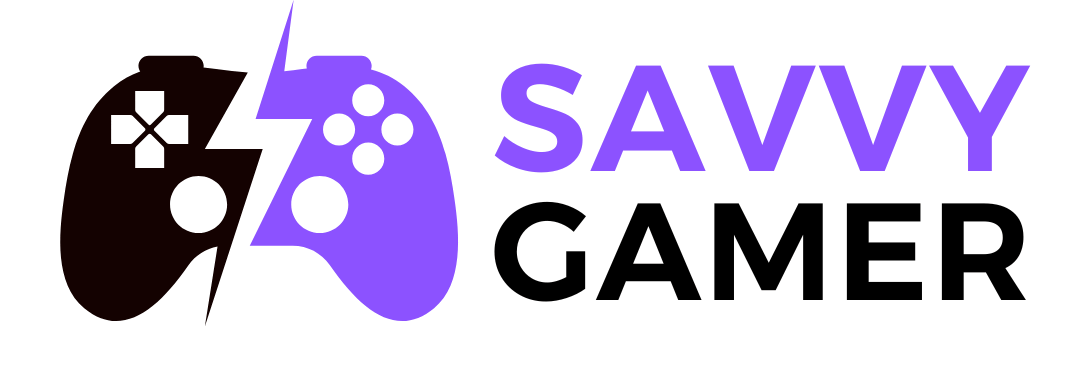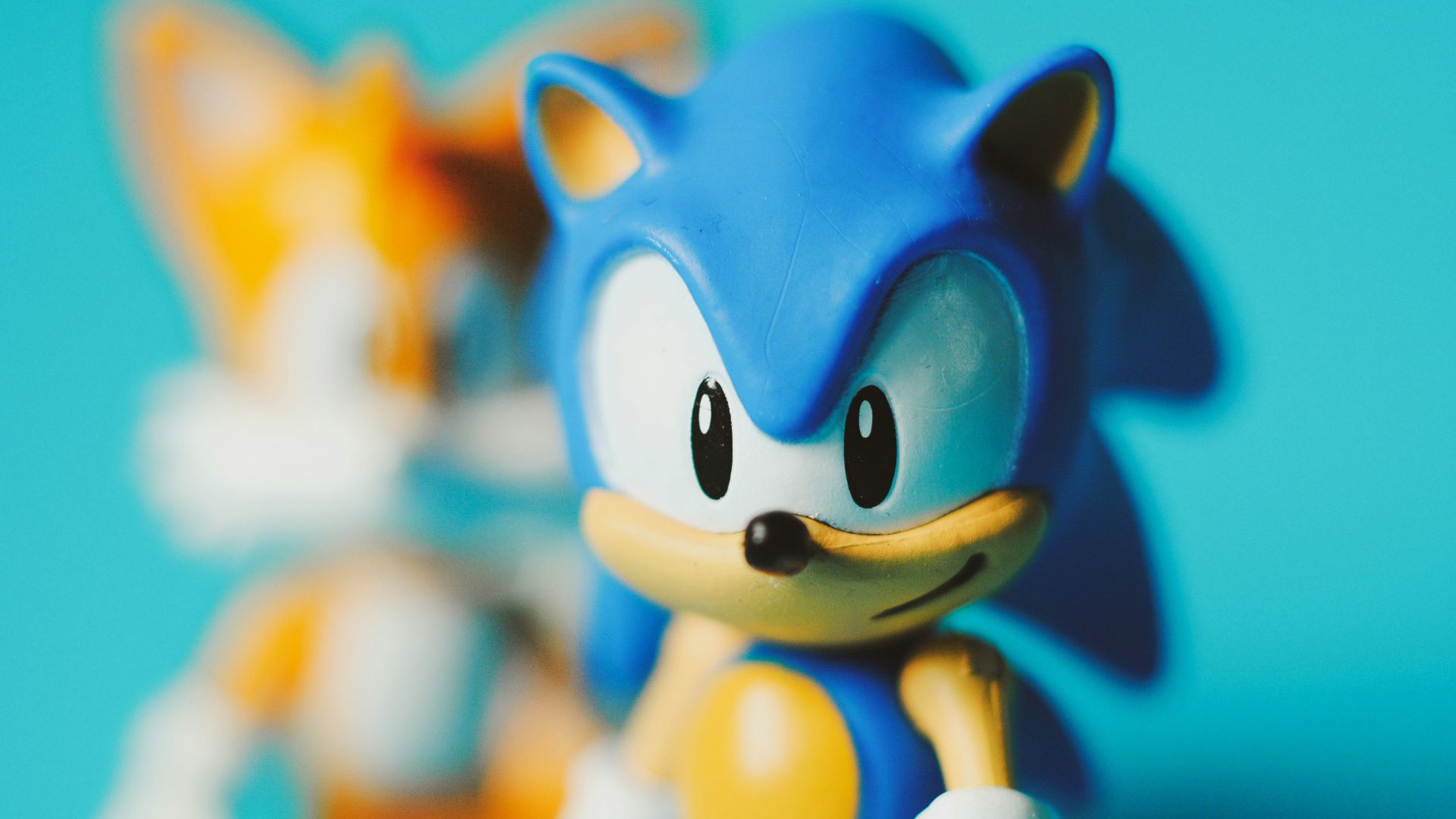Why These Games Flopped
You’ve probably played a few games you regret buying. But some titles barely got bought at all. Despite loud marketing and familiar franchises, sales flopped, and studios paid the price. Some of these sold poorly, plain and simple, while others just couldn't live up to the loft expectations of their studios and overinflated budgets they were given. Let’s look at the games that gamers simply weren't all that interested in.
1. E.T. The Extra-Terrestrial
A rushed holiday deadline derailed this project before it began. Atari gave developers just five weeks to build a game meant to cash in on a blockbuster. What followed was a confusing mess that frustrated kids and embarrassed the brand. Retailers buried unsold copies in a New Mexico landfill.
 E.T. the Extra-Terrestrial (Atari 2600) by J.C.'s Channel
E.T. the Extra-Terrestrial (Atari 2600) by J.C.'s Channel
2. Concord
A game isn’t guaranteed success just because it comes from a major studio. Concord launched with high expectations and a budget to match, but interest flatlined fast. Server shutdowns came within weeks. Despite the noise, players simply weren’t buying.
 Concord - Launch Trailer I PS5 & PC Games by PlayStation
Concord - Launch Trailer I PS5 & PC Games by PlayStation
3. Balan Wonderworld
Balan Wonderworld was marketed as a magical platformer but stumbled through clunky mechanics and confusing level design. In Japan, fewer than 2,100 physical copies were sold at launch. Western sales fared no better. This wasn’t whimsy; it was wasted potential.
 BALAN WONDERWORLD | A Hero Or Two by Xbox
BALAN WONDERWORLD | A Hero Or Two by Xbox
4. Mario & Luigi: Bowser’s Inside Story + Bowser Jr.’s Journey
How does a Mario title end up here? Timing. This remake hit shelves late in the 3DS's lifecycle, long after most players had moved on. Despite solid gameplay and positive reviews, it quietly faded. The game sold poorly, and its failure helped close the doors at AlphaDream.
 Mario & Luigi: Bowser's Inside Story – Ep 1: The Adventure Within by chuggaaconroy
Mario & Luigi: Bowser's Inside Story – Ep 1: The Adventure Within by chuggaaconroy
5. The Lamplighters League
Think of a candle flickering out before it ever really lights. The Lamplighters League barely registered with strategy fans, peaking at just 773 concurrent players on Steam. Critics were lukewarm. Marketing was modest. And players? Most didn’t even know it existed.
 The Lamplighters League Gameplay by NOOBLETS
The Lamplighters League Gameplay by NOOBLETS
6. Sonic Boom: Rise Of Lyric
A Sonic game that tried to be something it wasn’t. Rise of Lyric swapped speed for slow, buggy platforming and awkward exploration. Longtime fans were baffled. Sales reached around 620,000 copies combined with its counterpart, devastating for a franchise used to numbers in the millions.
 Sonic Boom: Rise of Lyric Wii U Intro + Gameplay [No Commentary] by Completionator
Sonic Boom: Rise of Lyric Wii U Intro + Gameplay [No Commentary] by Completionator
7. Warhammer Age Of Sigmar: Realms Of Ruin
Realms of Ruin launched with franchise name recognition, but the fanbase didn’t show up. Steam charts told the story: a weak debut and quickly tapering interest. Reviews pointed to bland gameplay and lackluster depth. It entered a crowded genre without a standout identity, and the market shrugged.
 Launch Trailer | Warhammer Age of Sigmar: Realms of Ruin by Warhammer Age of Sigmar: Realms of Ruin
Launch Trailer | Warhammer Age of Sigmar: Realms of Ruin by Warhammer Age of Sigmar: Realms of Ruin
8. Puyo Puyo Chronicle
Puyo Puyo Chronicle aimed to blend RPG mechanics with the series’ trademark puzzle format. The result? Just over 21,000 units sold in Japan. It wasn’t a disaster in terms of content, but in a franchise known for energy, this one barely blinked.
 Puyo Puyo Chronicle - The Unlocalized Puyo RPG by Schoell
Puyo Puyo Chronicle - The Unlocalized Puyo RPG by Schoell
9. Action 52
This wasn’t one game. It was 52 broken ones packed into a single cartridge. Released at a premium price, Action 52 promised value but delivered unplayable messes. Word spread quickly, and soon parents were demanding refunds while kids abandoned the game in frustration. Sales were also few and far between.
 Action 52 (NES) · Bad Video Games by Chorizo Machine
Action 52 (NES) · Bad Video Games by Chorizo Machine
10. Sonic Boom: Shattered Crystal
If Rise of Lyric tripped, Shattered Crystal stumbled right behind it. Released on the Nintendo 3DS, it shared the same branding and narrative issues. The Sonic Boom games combined for around 620,000 units in sales, with familiar characters but unfamiliar gameplay. The audience wasn’t fooled a second time, and the lackluster reception left little room for redemption.
 Sonic Boom: Shattered Crystal TV Commercial by Sonic the Hedgehog
Sonic Boom: Shattered Crystal TV Commercial by Sonic the Hedgehog
11. Sunset
An ambitious narrative-driven game by Tale of Tales, Sunset placed players in the role of a housekeeper during a revolution. The game sold only about 4,000 copies, including Kickstarter backers. This commercial failure led the developers to halt their work on commercial game development entirely.
 Sunset Gameplay overview by Polygon
Sunset Gameplay overview by Polygon
12. Spec Ops: The Line
Critics praised its bold storytelling. Still, players didn’t show up. Spec Ops: The Line tackled psychological trauma and moral ambiguity, far removed from the genre’s usual fare. Despite its artistry, the sales were grim. No sequel followed. It became a cult classic but a financial dead end.
 Spec Ops: The Line - Launch Trailerb by VG247.com
Spec Ops: The Line - Launch Trailerb by VG247.com
13. Shenmue
Dreamcast’s crown jewel turned out to be too ambitious. With a budget of nearly $70 million, Shenmue needed massive sales just to break even. It didn’t come close. While the game introduced innovations like day-night cycles and open-world environments, it became a symbol of spending without return.
 Shenmue (Sega Dreamcast) Gameplay HD by Blackjack Gamerz
Shenmue (Sega Dreamcast) Gameplay HD by Blackjack Gamerz
14. Star Fox Zero
Motion controls did this one no favors. Star Fox Zero demanded precision but delivered frustration, thanks to its awkward Wii U mechanics. Sales struggled to clear half a million. Nintendo tried to refresh the series. Instead, it stalled it. The ship never really left the hangar.
 Star Fox Zero – The Battle Begins by Nintendo of America
Star Fox Zero – The Battle Begins by Nintendo of America
15. Marvel's Avengers
Even with the power of the Marvel brand, this title couldn’t find its footing. Repetitive gameplay and bugs led to backlash. Square Enix lost an estimated $63 million. High expectations made the failure sting harder. In the end, it became a superhero game that just couldn’t save itself.
 MARVEL'S AVENGERS Gameplay Demo (2020) PS4 / Xbox One / PC by ONE Media +
MARVEL'S AVENGERS Gameplay Demo (2020) PS4 / Xbox One / PC by ONE Media +
16. Jane’s WWII Fighters
Released in 1998, this combat flight simulator had realism but not reach. It sold just over 60,000 units in the U.S., a fraction of what was needed. Even die-hard flight sim fans moved on. EA quietly retired it. The skies were empty, and so were the shelves.
 Jane's WWII Fighters @1080p, +Mods, DX11,ReShade, 120+ FPS by hip63
Jane's WWII Fighters @1080p, +Mods, DX11,ReShade, 120+ FPS by hip63
17. Grim Fandango
Art doesn’t always sell. Grim Fandango blended noir and the Aztec afterlife into a rich, imaginative adventure. It was smart and funny, yet slow to play and hard to market. It eventually sold around 500,000 units. Not bad, but not enough.
 Grim Fandango Remastered Launch Trailer by DoubleFineProd
Grim Fandango Remastered Launch Trailer by DoubleFineProd
18. MadWorld
Developed by PlatinumGames for the Wii, MadWorld featured a distinctive black-and-white aesthetic with over-the-top violence. The game received critical acclaim but sold only 123,000 units in North America during its first five months. This led Sega to consider the sales disappointing.
 MAD WORLD Gameplay Android / iOS / PC (ALPHA TEST) by Android, iOS, PC Gameplay - PROAPK
MAD WORLD Gameplay Android / iOS / PC (ALPHA TEST) by Android, iOS, PC Gameplay - PROAPK
19. Daikatana
"John Romero’s gonna make you his [player]" became a marketing line that backfired. Years of delays and a bold ego created sky-high expectations. But Daikatana was outdated on arrival and plagued by bugs. It failed instantly and became a perfect storm of hubris and poor design.
 Daikatana [Gameplay #2] by Demiath
Daikatana [Gameplay #2] by Demiath
20. Too Human
Legal battles and over-promising doomed this sci-fi RPG. Too Human was supposed to be the start of a trilogy. Instead, it sold under a million copies and faced a recall due to engine licensing issues. Players expected a future, but the franchise never got one.









